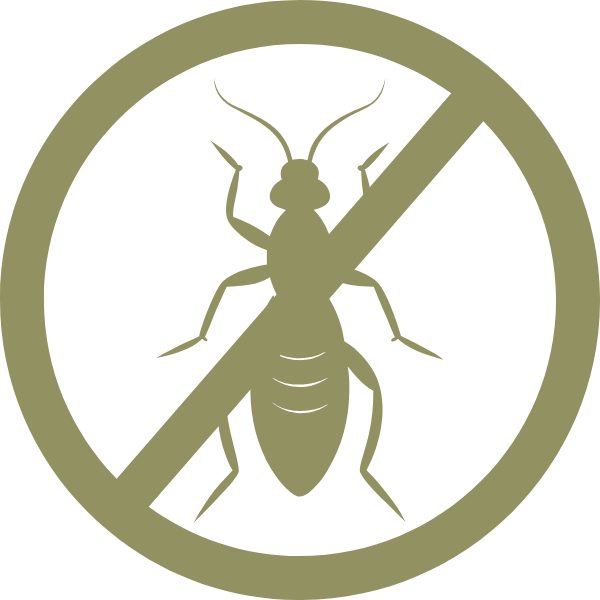Tel: (02) 6495 7877

Density - 1100–1200 kg/m³
Hardness - Very Hard, Janka rating 14Kn
Durability - Class 1 / 40 years +
Naturally termite-resistant
Up to BAL 29
Readily available
Australian Ironbark Timber
Ironbark is a premium Australian hardwood celebrated for its exceptional strength, durability, and versatility. Historically, Indigenous Australians used it for making spear throwers and for medicinal purposes, such as treating sores with its bark. Naturally resistant to lyctid borers and termites, Ironbark is a dense, heavy timber with a distinctive steely sheen when dressed. Its heartwood varies from rich reddish tones to deep browns, complemented by a tight, straight grain. Found in northern New South Wales and Queensland, it has long been used for railway sleepers, construction, poles, and bridge building.
At North Eden Timber, we find Ironbark excels in applications where both beauty and endurance are essential — making it our top choice for cladding, decking, and other exterior building projects that must withstand Australia’s toughest conditions while maintaining their striking natural appeal.
What Are the benefits of using Ironbark Timber in Building and Construction?

Durable
Ironbark is renowned for its exceptional durability, offering outstanding resistance to wear, weather, and decay.

Strong and stable
Ironbark is exceptionally strong and stable, making it ideal for demanding structural and outdoor applications.

Termite Resistant
Ironbark is highly resistant to termites, making it a reliable choice for long-term durability in harsh environments.
.png)
Fire Resistant
Ironbark has excellent fire resistance, meeting the highest bushfire attack level (BAL 29) standards
Ironbark Timber Properties
Ironbark trees grow naturally in:
-
New South Wales (NSW) – especially the coastal and tableland areas
-
Queensland – including both coastal and drier inland regions
-
Victoria – mainly in the northeast
-
Northern Territory – in some regions, certain species occur naturally
-
Ironbark is an extremely dense hardwood, with a density of around 1100–1200 kg/m³, making it one of the toughest timbers in Australia.
Ironbark is exceptionally hard, with a Janka hardness rating of up to 14.0 kN, making it ideal for high-wear applications like flooring and heavy construction.
Ironbark is rated Durability Class 1, the highest rating for both above-ground and in-ground use, meaning it can last over 40 years exposed to the elements without treatment.
Ironbark is naturally termite-resistant, making it a reliable choice for structural and outdoor applications without the need for chemical treatment.
Susceptible: This timber is susceptible to attack by lyctid borer in the sapwood.
Ironbark has excellent fire resistance and is rated up to BAL-29 under the Australian Standard AS 3959, making it suitable for use in bushfire-prone areas.
Typical uses of Ironbark timber include:
-
Decking
-
Flooring
-
Posts and beams
-
Cladding and screening
-
Bridges and wharf construction
-
Railway sleepers
-
Fencing and landscaping
-
Firewood (premium hardwood option)
Its strength, durability, and natural resistance make it ideal for both structural and aesthetic applications.
-

Colour variations in Ironbark Timber
Red Ironbark is characterised by its bold, reddish heartwood and light yellow sapwood, offering a dramatic colour contrast. Its texture is smooth and consistent, with grain that often weaves in interlocking patterns. Grey Ironbark, in comparison, presents a broader colour spectrum—from pale greys and warm browns to rich, dark reds. The sapwood is generally a bright, almost white tone, and the grain is predominantly straight, though it can show some natural variation with interlocking features
.jpg)




_edited.jpg)
Some of our Ironbark Timber produts
Get The Ironbark Timber Look
Bring bold character and rich, earthy tones to your project with the Ironbark timber look. Known for its deep reds and natural strength, Ironbark adds warmth and unmistakable Australian style. At North Eden Timber, we offer quality Ironbark for flooring, cladding, and structural use to help you create a look that lasts.


.jpg)

.webp)

Some common questions about Ironbark Timber
Ironbark timber is a dense, durable hardwood known for its striking reddish-brown heartwood and pale sapwood. It’s highly valued for its strength, resistance to termites, and exceptional durability, making it ideal for outdoor and structural applications like decking, cladding, and posts. Its tight, interlocked grain provides a smooth finish, enhancing both its aesthetic appeal and performance.
Ironbark is commonly used for heavy construction, decking, flooring, fencing, landscaping, sleepers, and even wharf and bridge work due to its exceptional hardness and durability.
Yes — Ironbark is BAL-29 making it suitable for use in high bushfire risk zones under AS3959 building codes.
Ironbark is generally harder and more durable than both, but it’s also heavier and more challenging to work with. Spotted Gum is often chosen for its easier workability and attractive grain.
No — it’s naturally durable and doesn’t require chemical treatment for most applications. However, applying an oil or sealer can help preserve its appearance, especially outdoors.
Ironbark is rated Durability Class 1 (the highest rating) for both above and in-ground applications. It's known to last over 40+ years in harsh conditions.
The main species include Grey Ironbark (Eucalyptus paniculata) and Red Ironbark (Eucalyptus sideroxylon). Each has slightly different appearance and density but shares similar strength and durability characteristics.
Ironbark isn’t difficult to work with—it just requires the right approach. Its density and hardness mean you need sharp tools, pre-drilling for screws, and steady machining, but with proper technique, it machines cleanly, holds fasteners well, and finishes beautifully. It’s a timber that rewards good craftsmanship.










